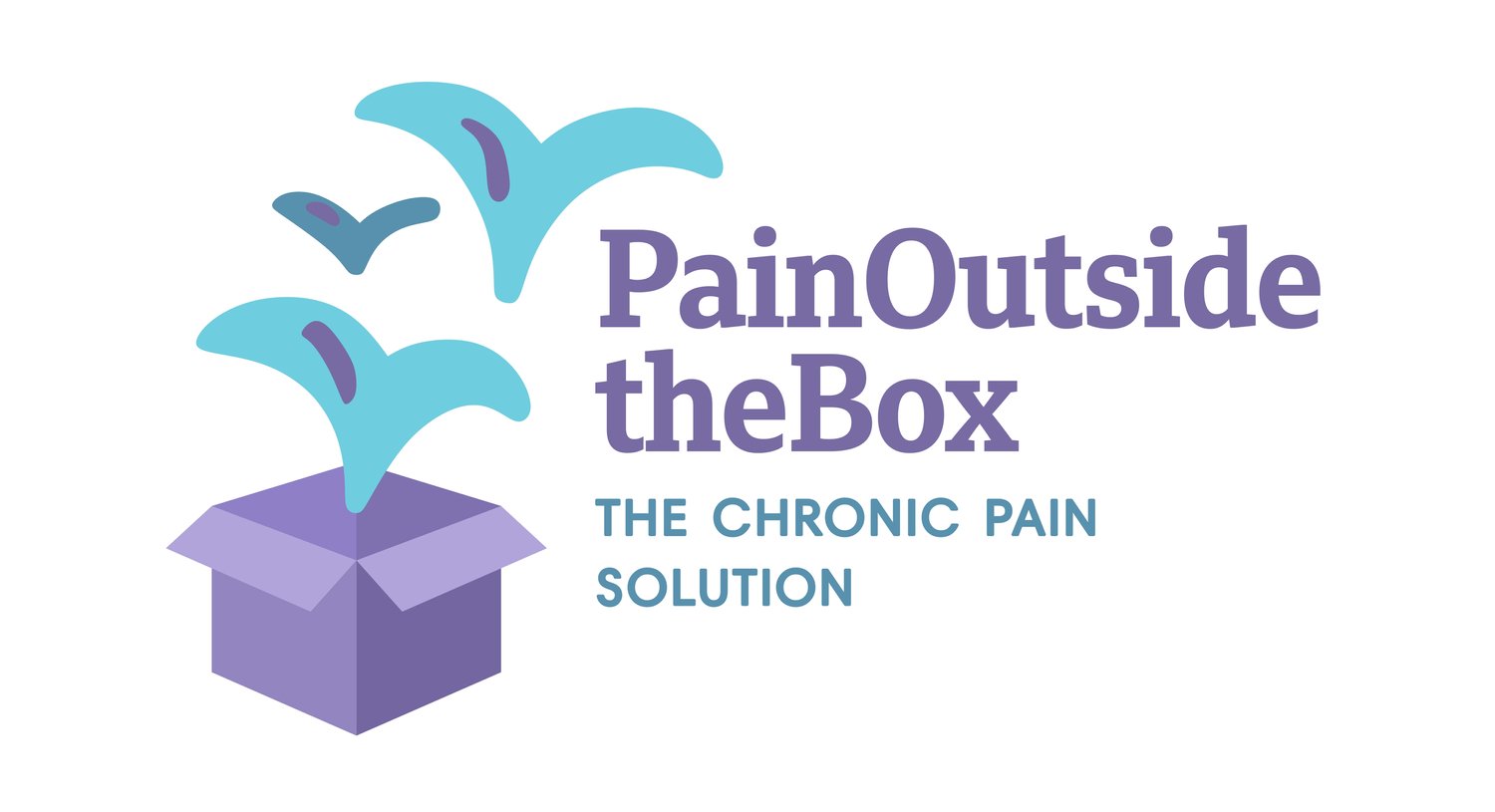Trying too hard to beat TMS pain? Forget about your ‘goal’!
We may believe that we cannot be happy unless we are pain free. However, the truth is actually the opposite. We cannot be pain free unless we are happy.
Do you remember every trying really hard to achieve something? Maybe you really prepared for that job interview, you trained really hard to place first in that race, or you did all you could to get a person to like you and ask you out? If you’re at all ambitious, I bet you can identify with such a situation, as well as with the feeling of disappointment that follows when your efforts don’t pay off the way you so strongly wanted them to. If you’ve struggled with meeting goals in the past, you may already know that there is such a thing as trying too hard. It is the same with TMS pain.
Developing Outcome Independence
So why is there all this emphasis in the world of TMS about ‘doing the work’, and taking responsibility and action for your pain? I myself encourage people to do just this; to embark on the TMS journey by learning as much as possible about Tension Myositis Syndrome as well as the basics of neuroscience, and to practise certain techniques. The answer lies in this: there is a big distinction between setting off on a journey of knowledge and positive change as opposed to trying to do anything within your power to stop the pain. What we need to do instead is understand the concept of outcome independence.
When you set off on your TMS journey, it is undoubtedly with the goal to become pain free. Without this goal in mind you may not feel motivated to do all the work involved (which can be divided into two parts: educating yourself about TMS and basic pain science, and doing your own inner-work by developing self-awareness, being kinder to yourself and changing negative behaviours and feelings). However, once you start doing this work, the goal of becoming pain free should transform into an intention, a possibility, and not a concrete goal tied to a specific deadline.
Setting goals such as becoming pain free within one month or 3 months, will set you up for increased pressure, and possibly disappointment. What we are doing when we do TMS work is try to dissipate the ‘tension’ that is causing the pain. By putting pressure on ourselves to become pain free, we are creating more tension. We start wondering whether all our efforts will pay off and whether or not we’ll see any improvement, and suddenly, we feel overly dependent on this ideal outcome for our own happiness. We may believe that we cannot be happy unless we are pain free. However, the truth is actually the opposite. We cannot be pain free unless we are happy.
Healing from TMS is always a by-product
For this reason, I like to look at healing from TMS as a by product, a side-effect of all the inner work that an individual has put in. The goal when you embark on your TMS journey is to start feeling better about your pain, to make connections between your pain and what’s been going on emotionally. It’s to feel more confident, relaxed and empowered despite your pain. It is NOT to become 100% pain free.
If you set pain free as your goal, you are giving away your power, by making it dependent on a future outcome. By giving away your power, you are doing the very thing that may keep you stuck from healing - you are indulging in feelings of helplessness. Whenever we generate the emotion of helplessness around our pain, all we are doing is fuelling the pain. In this regard, I encourage you to read my article, TMS and the victim personality, which explains just how harmful it is to assume the role of victim in relation to chronic pain.
Once you let go of the goal (i.e. practise outcome independence), you can actually work on assuming a more powerful role, right now. Your attention can shift to the present moment, to your pain and your reactions to it. You can change those reactions right now, by starting to feel better on an emotional level despite your pain. You will be examining your past as well as your current stressors, and identifying areas in your life that may need improvement, and you’ll probably realise that you’ll need to prioritise yourself and your needs more, and love yourself more. You will also find out how you’ve been denying things to yourself, and assume some responsibility for having kept your pain alive. This is true TMS work.
And once you piece together all these bits and pieces, you may start experiencing side effects: new symptoms may crop up as your brain tries to find another physical distraction, rage and other strong emotions will start to surface as things from your subconscious start to rise towards consciousness, and finally, the best side-effect of all: your pain may just disappear. Because now, you are a different person, and you simply don’t need pain anymore.


